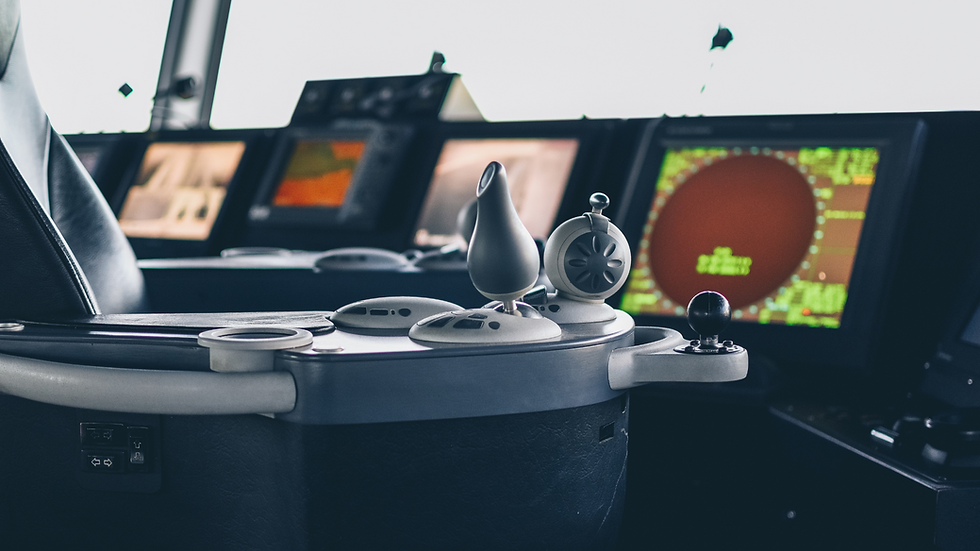Employee Suspended After Violent Incident in Reagan National ATC Tower
- Shreya Majumder
- Apr 4
- 3 min read

It has been reported that an altercation between two air traffic controllers at Ronald Reagan Washington National Airport (DCA) escalated into a physical confrontation, resulting in one employee being placed on administrative leave while an investigation by the Federal Aviation Administration (FAA) is underway.
According to a recent report, the altercation took place within the air traffic control (ATC) tower at DCA. Allegedly, the dispute between the two employees turned violent, culminating in an exchange of punches while both individuals were on duty. The severity of the fight reportedly led to blood splattering on the control console, raising serious concerns over safety and professionalism in such a critical environment.
This incident comes at a time when air traffic management in Washington, D.C., has been under heightened scrutiny following a deadly mid-air collision in January. An unnamed source, speaking about the fight, stated:

“I’ve heard of controllers going at it in the parking lot, but this was on a whole new level. That facility is out of control. People are cracking because of what happened in January.”
The source further noted that many controllers had witnessed the aftermath of the crash firsthand, including the recovery of bodies from the river, and claimed that leadership had not provided adequate mental health support following the tragedy.
The FAA has acknowledged the seriousness of the situation and, according to a report by WJLA, an ABC News affiliate, has placed one of the controllers involved on administrative leave while an internal review is conducted. It remains unclear what specifically led to the altercation and what actions will be taken to prevent such incidents from occurring in the future.
Operating air traffic over Washington, D.C., presents unique challenges, with data indicating that between October 2021 and December 2024, over 15,000 close-proximity incidents were recorded between commercial aircraft and helicopters at DCA. The mid-air collision involving an American Eagle aircraft and a military helicopter earlier this year has only intensified scrutiny on ATC operations at the airport.
During a recent Senate hearing, FAA Acting Administrator Chris Rocheleau admitted that critical oversights had contributed to the crash. Aviation Subcommittee Chairman Jerry Moran also raised concerns over a troubling 13-year pattern in which “not a single month went by without at least one close call between a helicopter and a commercial jet operating at DCA.”
New Measures for Airspace Safety
In response to ongoing safety concerns, the National Transportation Safety Board (NTSB) recently recommended the closure of helicopter Route 4 near Reagan Airport due to excessive risks. Additionally, the FAA has imposed restrictions on non-essential helicopter operations in the vicinity of DCA.

Among the changes implemented in the wake of the January crash, the FAA has mandated that a dedicated controller must now oversee all helicopter operations within DCA’s airspace. Furthermore, it was revealed that the Blackhawk helicopter involved in the collision had not activated its Automatic Dependent Surveillance–Broadcast-Out (ADS-B-Out) system, a critical tool that broadcasts an aircraft’s position and movement data to ground stations and nearby aircraft.
As a corrective measure, the FAA has now mandated that nearly all aircraft operating around Reagan National Airport and the downtown Washington, D.C. area must have their ADS-B-Out systems activated.
The recent ATC tower incident underscores the intense pressure that air traffic controllers face, particularly in high-risk environments such as Washington, D.C. While the FAA investigates the altercation, broader concerns persist about controller well-being, operational stress, and the effectiveness of current safety measures. With increased oversight and new regulations, the aviation industry will be watching closely to see if these changes lead to improved safety and working conditions for those responsible for managing one of the busiest and most complex airspaces in the world.









